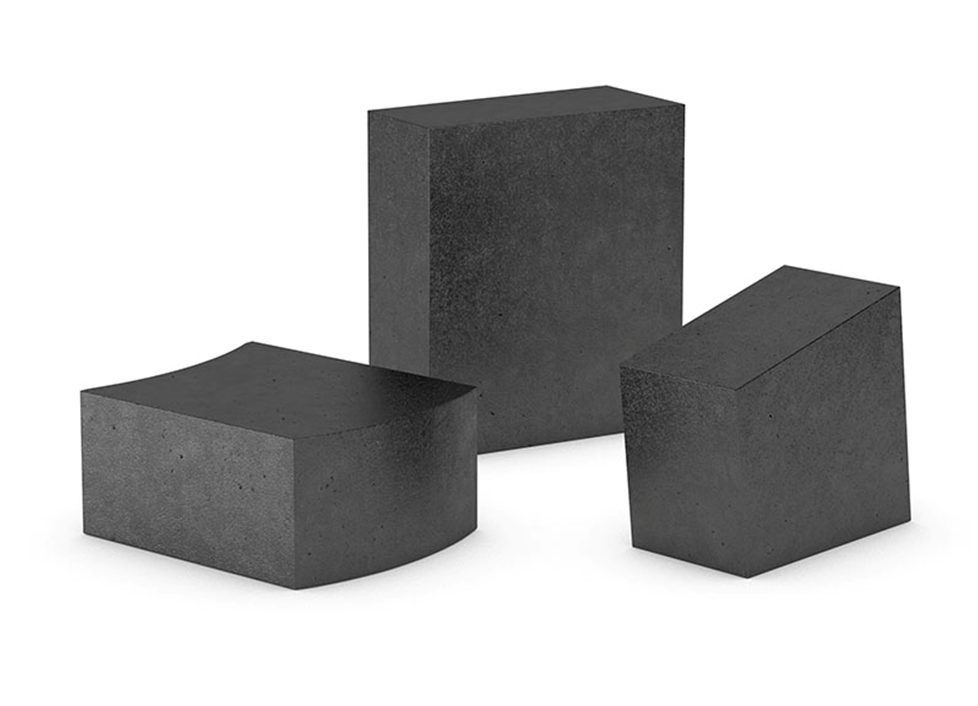What is magnesia carbon bricks manufacturing process?

Magnesia carbon bricks is a high melting point of basic oxide oxide (melting point 2800 ℃) and difficult to be slag invasion of high melting point carbon material as raw material, add a variety of non-oxide additives. With carbonaceous binder combination of non-burning carbon composite refractory material.
The traditional magnesia carbon brick manufactured by the synthetic tar binder in the cold mixing process is hardened during the process of tar damage and the necessary strength is obtained, thus forming isotropic glassy carbon. The carbon does not exhibit thermoplasticity, and the thermoplastic properties are eliminated in a large amount of stress during lining or during operation. The bituminous carbon brick produced by the asphalt binder has a high high temperature plasticity due to the formation of anisotropic graphitized coke during the asphalt carbonization process.
Therefore, the use of asphalt combined with the refractory brick crack resistance is higher than the asphalt bonded fire brick. However, one of the disadvantages of bitumen-bonded bricks is the need for thermal mixing during the production and the provision of a brick mold preheating device. In this paper, the method of making refractory suppliers magnesia carbon refractory brick by cold mixing process is described. The resulting bricks have a lower modulus of elasticity so that they act to eliminate stress during operation. Ordinary coal tar pitch is harmful to environmental protection because of the presence of benzophen. The choice of benzene and low content of the special meet the environmental requirements of the binding agent.
In order to improve its oxidation resistance, can be added in the ingredients such as Si powder, Al powder, SiC powder or ferrosilicon powder additives, resin as a binder, high pressure molding, after 200 ~ 300 ℃ treatment can be used without Calcined. Mainly used for large-scale converter and ultra-high power furnace steel lining and furnace refining furnace lining and so on.
With the increase of carbon content, the bulk density and compressive strength of the MgO-C bricks are reduced. When the carbon content is between 6% and 8%, the high temperature flexural strength, thermal shock resistance, slag resistance and oxidation resistance of the magnesia carbon brick are good The carbon content is low and the slag resistance of the magnesia carbon firebrick is reduced. When the carbon content is 14%, the oxidation resistance of the magnesia carbon bricks is the worst.